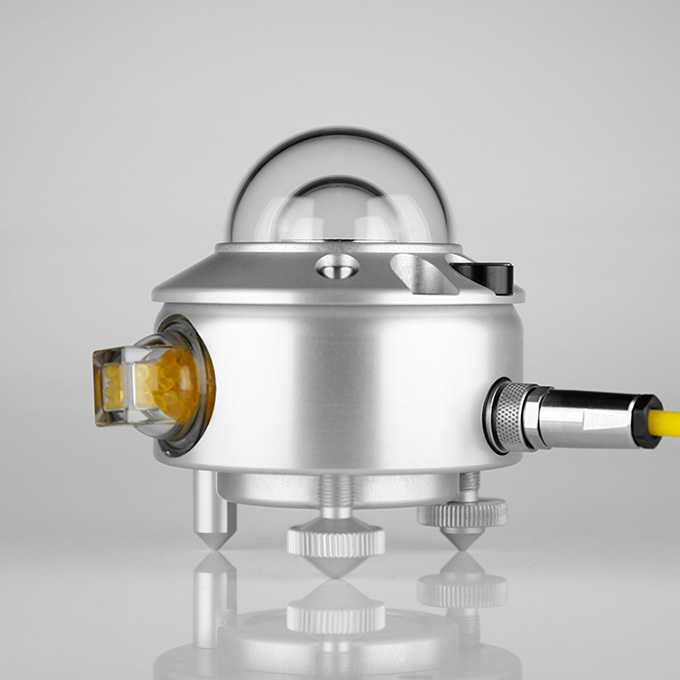Power Conditioning System
PCB
Connectors without locking device
Connectors with Locking Device
Ingress Protection
Intermateability of Connectors
Solar Glass
Bus Wire and Tab Wire
[...]
 Pyranometer for solar systems (Photo courtesy: Kipp-&-Zonen)[/caption]
Pyranometer for solar systems (Photo courtesy: Kipp-&-Zonen)[/caption]